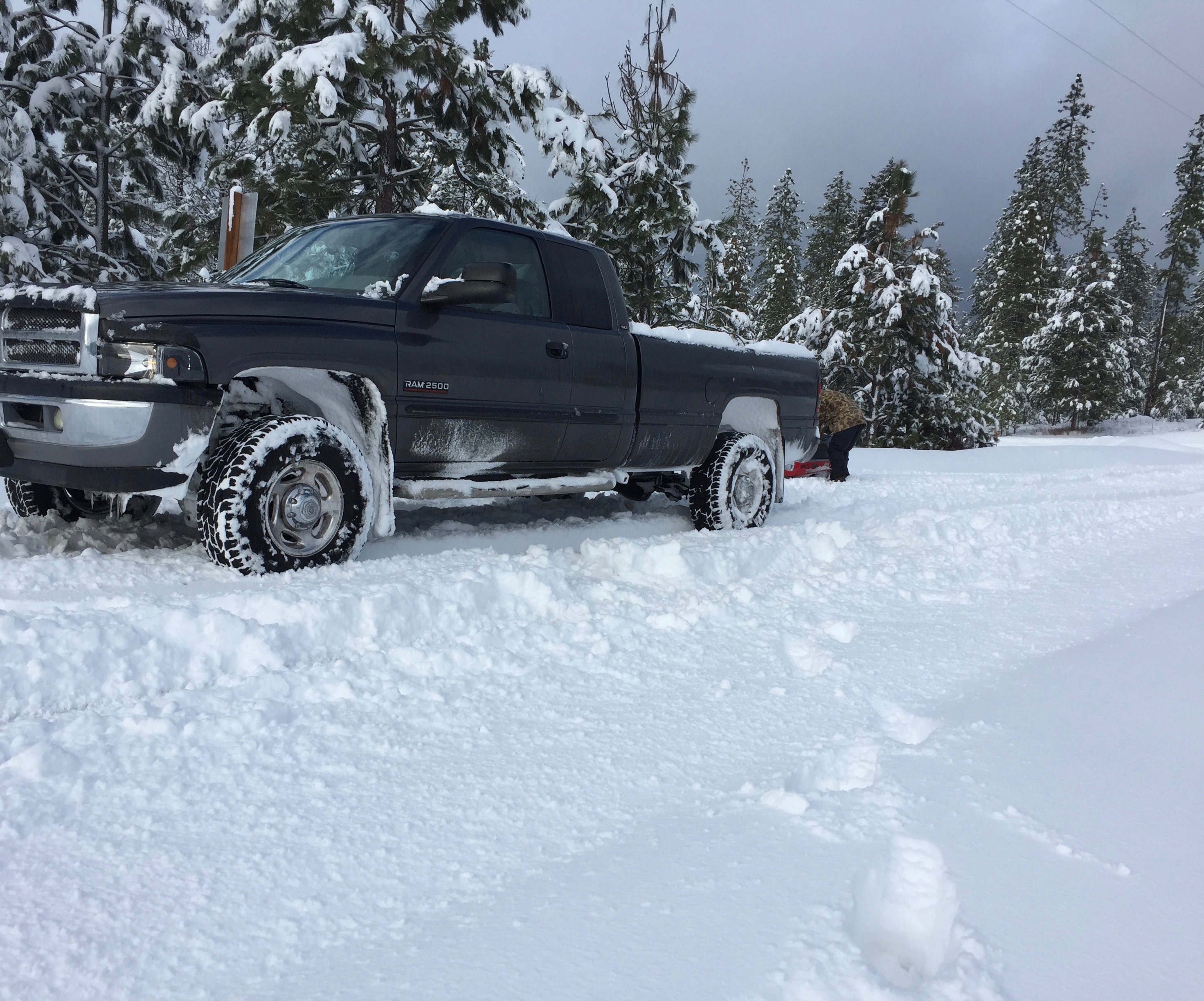
-
Fass 150 question I shouldn't be asking.
Just did the CAT filter replacement on my fass titanium pump.... called fass tech to double check which filter goes where since I couldn't find the factory instalation directions (had crappy service so couldn't look up online). They told me that the fuel filter goes on the side with two lines and the h20 separator goes on the single line side. Well guess what, that's backwards. I got home and found my paper printed directions. I only drove like 10 miles with the filters backwards.... did I cause any damage? Furthermore, why in the literal hell would anyone at fass tell me incorrect information?
-
Need to buy grid heater
I just drove it for 30 minutes on some back roads. Did a few pulls after it was well warmed up, everything seems fine. No loss of power, no missing, no leaks. I also revved it up to 1500 rpm and listened closely for any missing or unusual sounds. Everything seems to be fine. I'm still going to do what has been suggested.
-
Need to buy grid heater
Can I just remove the injector hold downs and then remove and replace all the crossover tubes and then retighten the lines and THEN torque the injectors down? OR do I have to actually pry up the injector a little bit and then reseat it before doing the above process? I know, I know, I shoulda followed PepsiOceans video. I got caught up in reassembly that I spaced on that.
-
Need to buy grid heater
Hey can anyone tell me what the tell tale signs of high pressure fuel leak might be? I'm being proactive here. Just buttoned everything back up and took the truck for a drive after installing head studs, injectors, pushrods, and valve springs. I adjusted the valve lash as well per the standard .010 & .020 (95# springs). I don't believe I did anything incorrect other than torquing down the injector hold downs all the way to spec and THEN installing the crossover tubes. Which is precisely why I'm asking this question. If I have to pull the injectors out and remove the crossover tubes and do it over again, I will. My thought process is to get my supporting modifications for compounds installed and tuned and squared away before I begin the install of the compounds. I want to know for 100% certain than I am good to go with the mods I've installed before I move forward with the compound install.
-
Need to buy grid heater
Thanks everyone, I just bought the one from rock auto. I guess I'll finish destroying my stock one and weld up the bolt holes I mentioned and use it as a grid heater delete part and sell it.
-
Need to buy grid heater
I did something incredibly stupid... I attempted to disassemble my grid heater, like the actual unit itself. Upon doing so, I discovered that there is special washers used to keep it sealed. Note to self: do not disassemble grid heater unit itself. Now I need a new one. Unless I'm missing something, there's no way to un do what I've done. With that being said, does anyone have a nice used grid heater they would be willing to sell? Thank you.
-
Head studs
Hey is there any write ups that you know of covering replacing injectors, pushrods, and valve springs? I looked in the write up and articles section but didn't see it. Possibly I overlooked it.
-
Head studs
Here's a question...is it normal for there to be some condensation on the factory head bolt threads as they come out?
-
Injector questions, which vendors?
No kidding. Myself and dozens of guys have pondered the reasons behind why refineries put certain requirements in place. The only thing we've come up with regarding this particular question is their trying to remove as much doubt as possible...
-
Drawstraw Users - How low can you go?
We'll be moving to Chandler, AZ in the near future and I never ever thought about fuel temps.
-
Injector questions, which vendors?
Reduces co efficient of friction so as to achieve the most accurate torque.
-
Injector questions, which vendors?
I tried to reply but it's not showing up. Idk what's going on.
-
Injector questions, which vendors?
I haven't read the installation directions (yet). That makes sense. What's your opinion on using anti seize on head studs? Only asking because in refineries we use anti seize on mild carbon steel studs on heat exchanger caps as well as piping flange connection bolts. Refineries require anti seize on the threads, both sides of the washers and both sides of the nut. This is to reduce the co efficient of friction in an effort to achieve the proper torque spec. I've always been taught to NEVER use anti seize on any engine component fasteners, except exhaust manifold fasteners.
-
Injector questions, which vendors?
Why not do a hot torque?
-
VP44 DAP
Oh jeez, I'm just going to replace it. Heck, it's nearly 8 years old and served me well. Besides I'm installing a new one (Fass 165) right before I install a ton of supporting mods for my compounds build. New DFI 7x.010 injectors. I will be sending my one back to be rebuilt so I can wrap it up in a bag and stick it under my back seat as a spare.




